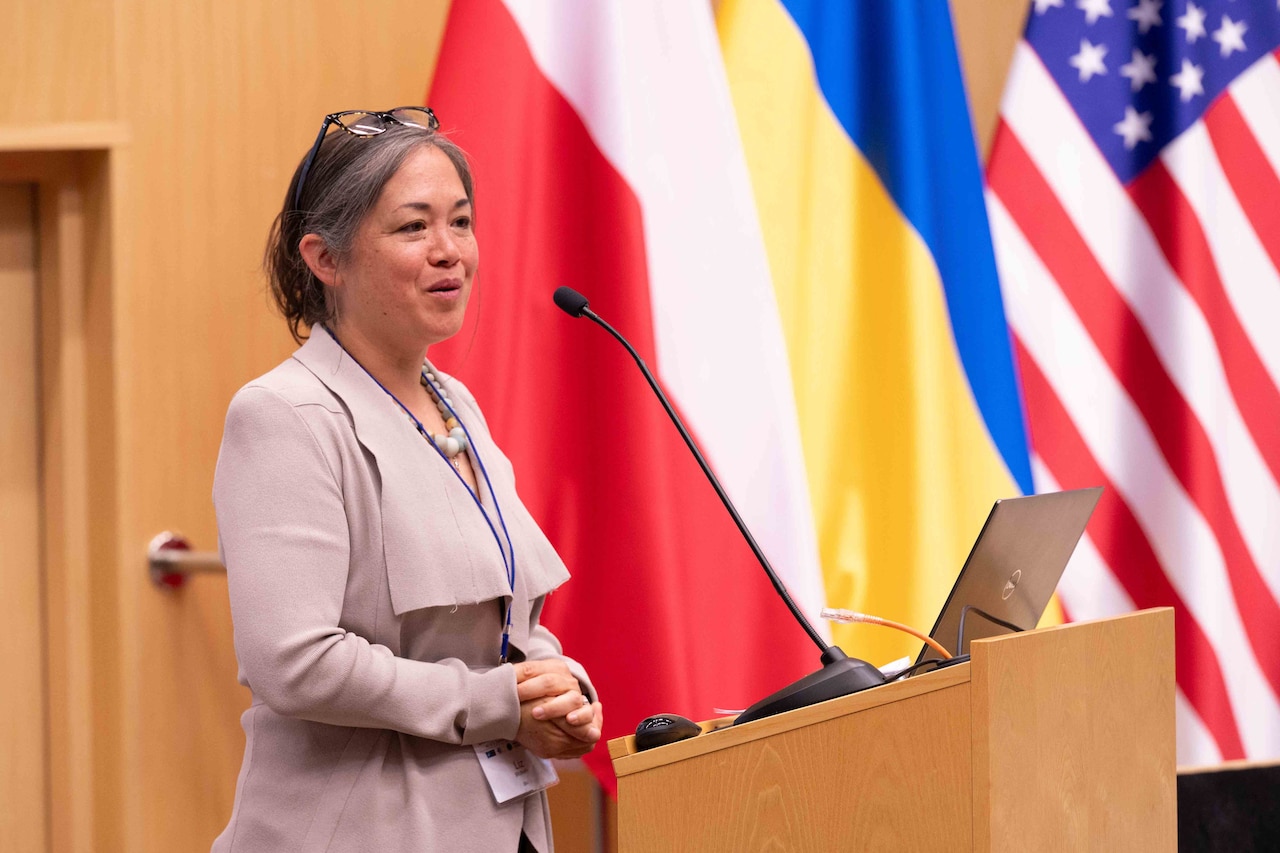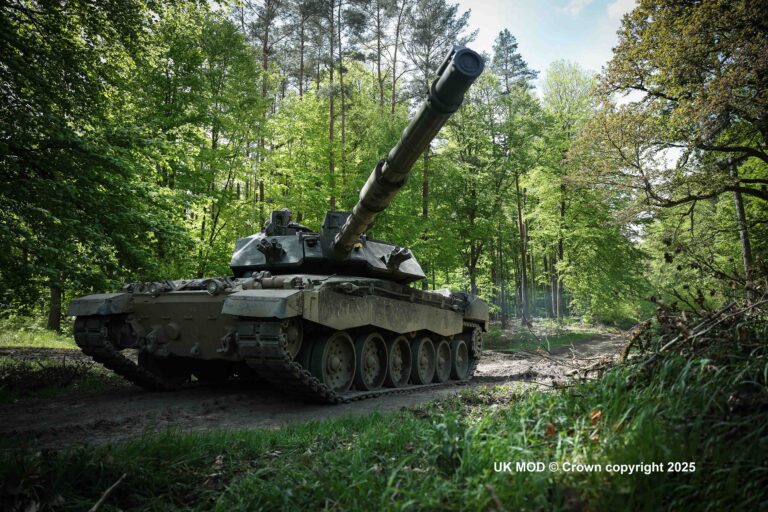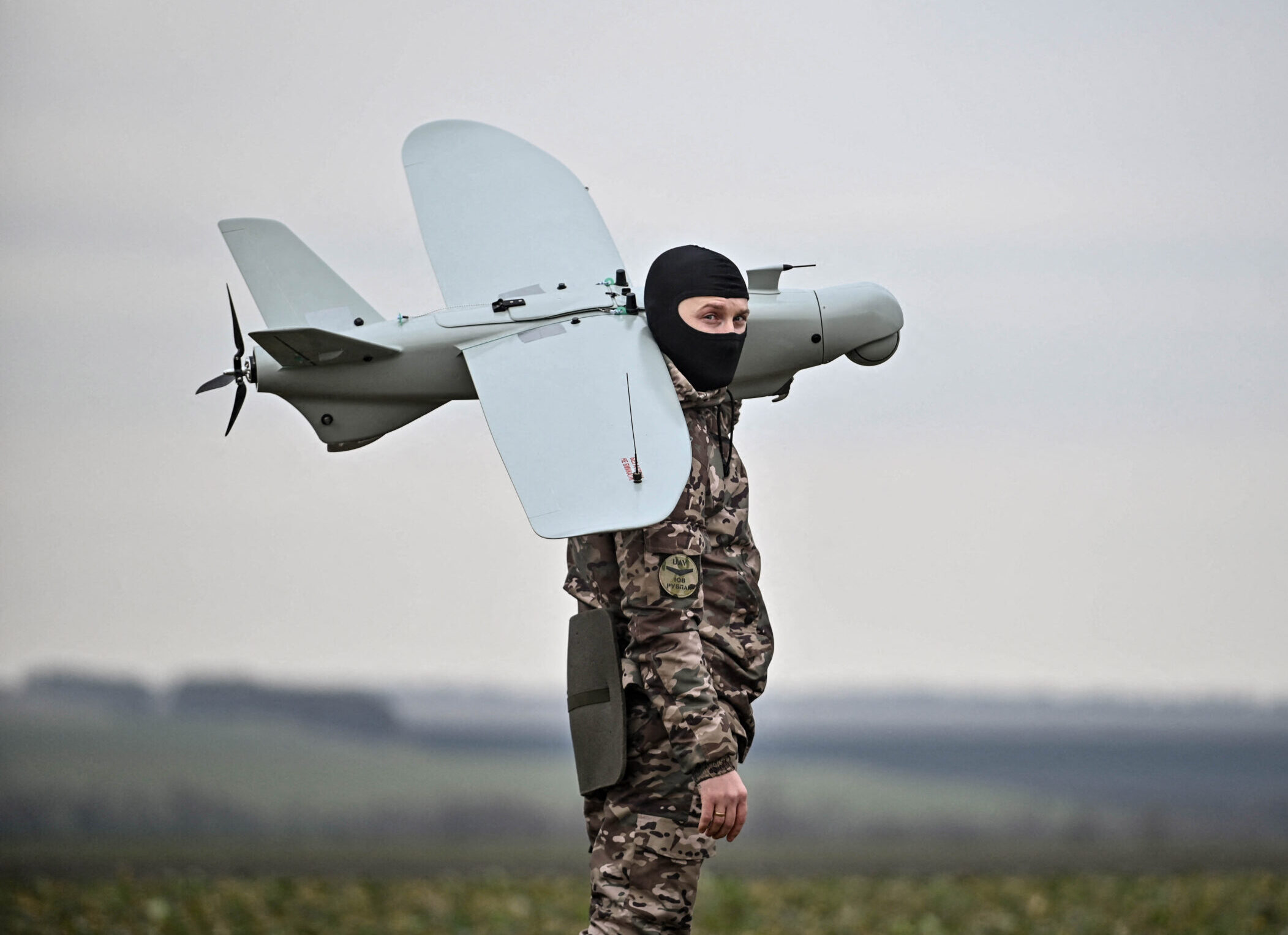Since the outset of Russia’s war of aggression, Ukraine has skillfully orchestrated a whole-of-society approach to develop innovative technology to defend itself. In this spirit, operational end users, technologists, investors, entrepreneurs, academics, researchers and defense officials from 17 countries gathered at AGH University in Krakow, Poland, earlier this month to bring together innovation ecosystems on real-world challenges — including live flight testing for drone software. The Defense Innovation Unit organized the event in partnership with NATO, Ukraine’s Brave1 and the Polish Ministry of National Defence.
The multi-stakeholder forum comprised panel discussions, keynote addresses, an educational series, and a hackathon, all focused on building partnerships between technology partners from across the Euro-Atlantic community to help solve operational problems in the near and long term. It included an extensive discussion of the pace of innovation required on modern battlefields, techniques for building feedback loops that constantly improve military technologies, ideas to improve procurement and training, and other ways armed forces can adapt and change.
“The confluence of bright minds, collected resources, an urgent problem set, and a common vision creates amazing possibilities,” said DIU Deputy Director of Commercial Operations Liz Young McNally. “DIU’s commercial efforts do not stop at our own borders, but are coordinated with our international initiatives to create, expand and deepen the commercial and investor network, implement programming for partner nation startups and non-traditional companies, and catalyze private investment in new capabilities.”
The forum broadly recognized that knowledge must be shared and turned into actionable solutions as well as the continued need to find ways to quickly and efficiently distill knowledge in real time. For example, DIU is currently executing a project focused on the emerging and persistent challenges of electronic warfare interference gleaning from the continuously evolving EMI landscape in Ukraine.
Leadership and partnerships are critical to this feedback loop.
In a keynote address, the Executive Director of the Joint Rapid Acquisition Cell, Office of the Assistant Secretary of Defense for Acquisition, Air Force Maj. Gen. Edward ‘Hertz’ Vaughan reflected on the criticality of partnerships throughout history and on the importance of constantly improving “people, ideas, and things,” a theory first popularized by U.S. military strategist John Boyd, to prevail in modern war. Maj. Gen. Vaughan also note that Tadeusz Kosciuszko, a Polish military engineer who fought in the American Revolutionary War and later led a Polish uprising against Russian rule, is one of the earliest American military innovators.
“Shared interests bring coalitions together, but what makes those partnerships enduring are shared values,” said Vaughan. “At the top of that list is freedom and the [unified] global defense of countries that seek it.”
Another key focus of the forum was attributable military systems such as drones, an area where Ukraine has unique, hard-earned expertise. Lessons from Ukraine are driving the pace of innovation, and the need for an innovation pathway and resilient industrial base to best employ attributable systems. Battlefield realities are informing DOD concepts of operations — or CONOPS. These systems are meant to put fewer people in the line of fire, and can be changed, updated or improved with substantially shorter lead times. Ukraine has shown the importance of constant iteration in the use of attributable systems to keep them working despite countermeasures employed by adaptive adversaries.
“We believe that Ukraine is a central hub for defense technology innovation, said Chief Operating Officer of Brave1, Nataliia Kushnerska. “Ukrainian experience in technology and warfare, combined with Allied expertise, has the potential to be the technological foundation for a safer and more secure Europe.”
Brave1 is the united coordination platform created by the government of Ukraine to promote collaboration between all stakeholders of the defense tech industry by providing them with organizational, informational, and financial support for defense tech projects in Ukraine.
Discussions also addressed the criticality of identifying and channeling trusted capital. For the first time, Ukrainian innovators could access some of the accelerator work developed for the Defense Innovation Accelerator for the North Atlantic and get real-time feedback from NATO Innovation Fund personnel.
In addition to candid dialogue, the forum featured an unmanned aerial system automated visual guidance hackathon geared toward improving the capability of low-cost, light-weight drone systems to navigate to an object of interest hosted in part by the National Innovation Security Network component of DIU.
In total, 13 teams and 75 participants from around the globe competed for $100,000 USD in prizes in a 48-hour design sprint to develop a solution to a real-world challenge. Teams delivered working software solutions, capable of successfully navigating to a set desired terminal point with the winning team being a collaboration between Ukrainian and Norwegian developers, Sensorama Lab and KEF Robotics.
Working against the two-day timeline, results proved the ability to innovate and iterate at the speed of need in the software space — and demonstrated the collaborative ingenuity fostered by the event. Rapid iteration is required to be successful on the modern battlefield, and the hackathon proved that it can be done.
“The energy for more collaboration between Ukrainian and allied innovation ecosystems was contagious, and is exactly why allies and Ukraine are working together on a new innovation agreement in the NATO-Ukraine Council,” said David van Weel, NATO assistant secretary general for innovation, hybrid and gyber.
This event built on the success of an earlier forum on “Ukraine and the Future of Unmanned Aerial Systems” that DIU convened in Warsaw in October 2023.



















Discussion about this post